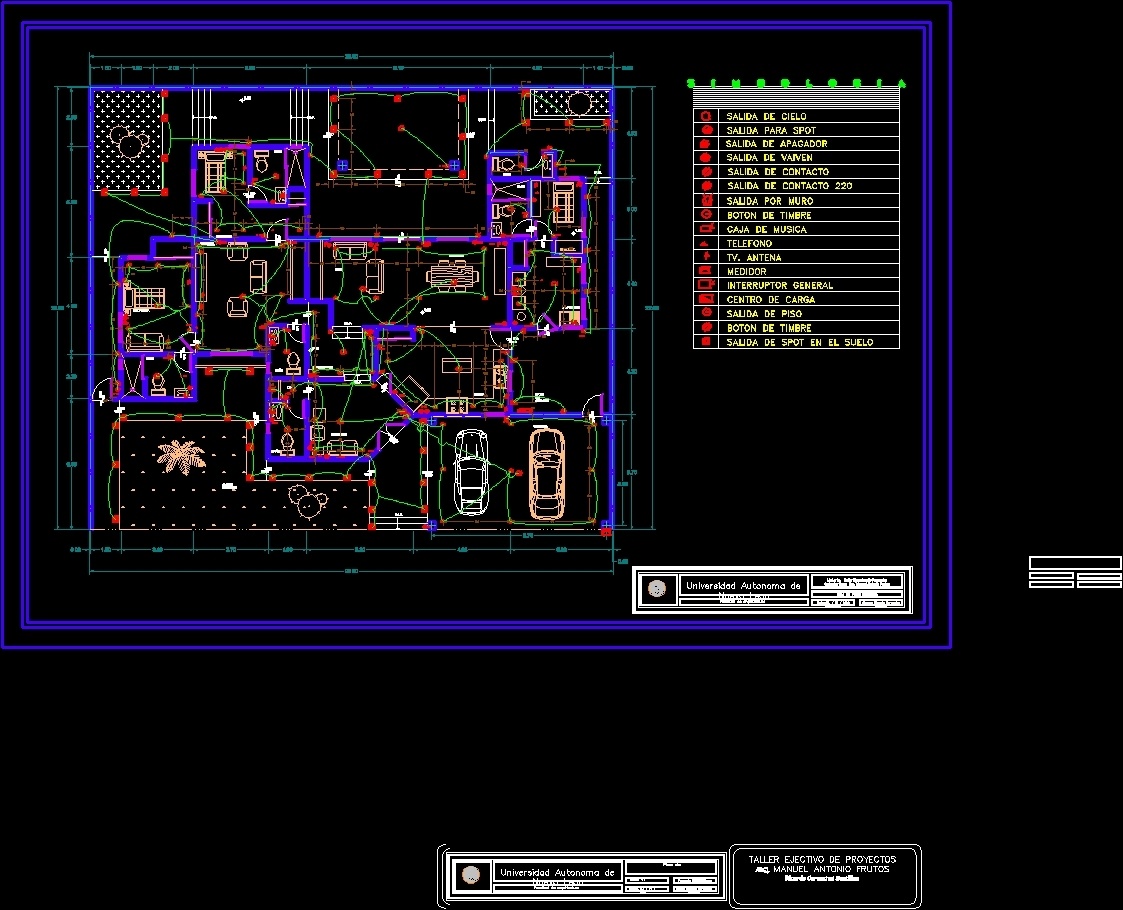

In this case, the drafter places one or more triangles of known angles on the T-square-which is itself at right angles to the edge of the table-and can then draw lines at any chosen angle to others on the page. The T-square is used to hold other devices such as set squares or triangles. "Parallel lines" can be drawn simply by moving the T-square and running a pencil or technical pen along the T-square's edge. A sliding straightedge known as a T-square is then placed on one of the sides, allowing it to be slid across the side of the table, and over the surface of the paper. The basic drafting procedure is to place a piece of paper (or other material) on a smooth surface with right-angle corners and straight sides-typically a drawing board. Manual or by instrument A drafting table Old-fashioned technical drawing instruments Stencils for lettering technical drawings to DIN standards

This tool helps architects to abstract attributes of hypothetical provisional design solutions and summarize their complex patterns, thereby enhancing the design process. These sketches, like metaphors, are used by architects as a means of communication in aiding design collaboration. Architect's sketches primarily serve as a way to try out different ideas and establish a composition before a more finished work, especially when the finished work is expensive and time-consuming.Īrchitectural sketches, for example, are a kind of diagrams. In general, sketching is a quick way to record an idea for later use. Methods Sketching Sketch for a government buildingĪ sketch is a quickly executed, freehand drawing that is usually not intended as a finished work.

A professional drafter who makes technical drawings is sometimes called a drafting technician. Ī drafter, draftsperson, or draughtsman is a person who makes a drawing (technical or expressive). Technical drawings are understood to have one intended meaning. Artistic drawings are subjectively interpreted their meanings are multiply determined. The need for precise communication in the preparation of a functional document distinguishes technical drawing from the expressive drawing of the visual arts. Many of the symbols and principles of technical drawing are codified in an international standard called ISO 128. Together, such conventions constitute a visual language and help to ensure that the drawing is unambiguous and relatively easy to understand. To make the drawings easier to understand, people use familiar symbols, perspectives, units of measurement, notation systems, visual styles, and page layout. Technical drawing is essential for communicating ideas in industry and engineering. Technical drawing, drafting or drawing, is the act and discipline of composing drawings that visually communicate how something functions or is constructed. Drafter at work Copying technical drawings in 1973


 0 kommentar(er)
0 kommentar(er)
